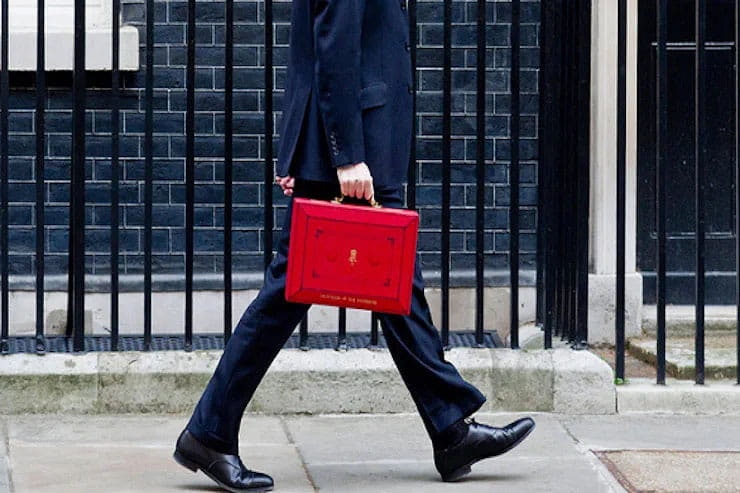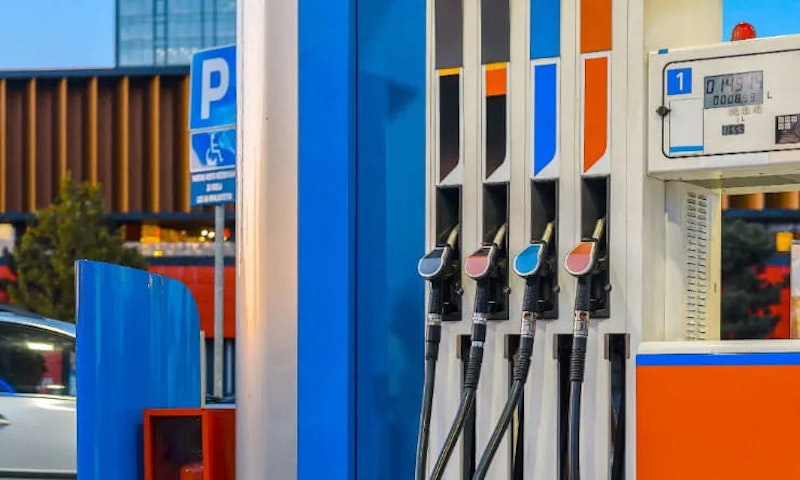Yes, we have been paying too much for petrol
By Ben Purvis
Motorcycle Journalist
04.07.2023
The Government might have cut 5p per litre from the VAT on fuel last year in the face of the cost-of-living crisis but supermarkets have more than eliminated it by making us pay an average 6p per litre more towards their profits.
Those are the findings of the Government’s Competition and Markets Authority (CMA), which has just published its Final Report on Supply of Road Fuel in the United Kingdom. In the face of hugely increased profit margins on for supermarkets, which make up the largest share of the UK fuel market, the CMA is calling for the introduction of a new monitoring body to hold the industry to account, as well as an instant-access ‘fuel finder’ scheme to give real-time pricing information to customers, encouraging them to shop around for the cheapest fuel in the hope of reigniting competition between the main resellers.
The report shows that in 2019, the four main supermarket fuel resellers – Asda, Morrisons, Sainsbury’s and Tesco – made an average profit of 4.6p per litre on fuel (diesel and petrol), equivalent to 4.4%, but this rose to 10.8p per litre (7.6%) in 2022 and has remained at that level to the present. That’s 6.2p per litre extra into the pockets of the supermarkets, essentially taking the taxpayer-funded 5p-per-litre VAT cut on fuel, plus a little extra, and turning it into profit instead of passing it on to customers.
The report shows that competition between the supermarkets has been reduced and profit margins have ‘risen significantly’. Asda and Morrisons, which have historically been among the cheapest options, have been less aggressively competitive than in the past. The report says that Asda – usually the cheapest of all – “took a decision in 2022 to achieve higher margins by reducing prices… more slowly than would previously have been the case as wholesale prices fell.”
This tactic, dubbed ‘rocket and feather’, sees resellers reacting immediately to wholesale price rises by hiking their own pricing (even though the fuel in their own filling stations’ tanks may have been bought before the wholesale price rise). But when wholesale prices drop, the resellers are slower to react, ‘feathering’ their own price reductions and pocketing the difference. The report says that Asda’s profit-per-litre target for 2023 was three times what it had been in 2019, and Morrisons was doubled. The remaining supermarkets, seeing less competition from these historic market leaders, have also had less incentive to reduce their prices.
In total, the extra profit margins set by supermarkets are estimated to have cost customers of the big four supermarkets a cool £900 million in 2022 alone.
The good news for riders is that diesel has been impacted more than petrol by the lack of competition between resellers. The study suggests that while fuel has, on average, cost 6p-per-litre more than it should, diesel margins between January and May 2023 have been as much as 13p-per-litre higher than in the past.
The CMA research shows that while customers are happy to travel a few miles extra to get a cheaper deal on filling their tanks, a lack of information makes that a gamble most of the time. Since fuel retailers don’t publish their prices online, and they can vary from one filling station to the next, there’s no means to get instant, reliable, real-time information on which local filling station is cheapest. That’s resulted in significant price differences from one place to another, particularly in areas where there are relatively few choices of filling station.
The CMA’s proposed solution is the creation of an ‘open data fuel finder scheme’ whereby it would be compulsory for resellers to share real-time retail fuel prices. This would allow comparison sites and sat-nav apps to be able to access the data and give comprehensive, up-to-date price information to consumers. The result will, in theory, stoke far more competition between fuel resellers as they vie to attract the most customers.
Over and above that, the CMA report recommends the creation of a public body to monitor road fuel prices and report on the state of the market. This will oversee competition in the market and help the government decide whether or not further intervention is needed.
Sarah Cardell, Chief Executive of the CMA, said: “Competition at the pump is not working as well as it should be and something needs to change swiftly to address this. Drivers buying fuel at supermarkets in 2022 have paid around 6 pence per litre more than they would have done otherwise, due to the four major supermarkets increasing their margins. This will have had a greater impact on vulnerable people, particularly those in areas with less choice of fuel stations.
“We need to reignite competition among fuel retailers and that means two things. It needs to be easier for drivers to compare up to date prices so retailers have to compete harder for their business. This is why we are recommending the UK government legislate for a new fuel finder scheme which would make it compulsory for retailers to make their prices available in real time. This would end the need to drive round and look at the prices displayed on the forecourt and would ideally enable live price data on satnavs and map apps.
“Given the importance of this market to millions of people across the UK this needs to be backed by a new fuel monitor function that will hold the industry to account. As we transition to net zero, the case for ongoing monitoring of this critical market will grow even stronger, so we stand ready to work with the UK government to implement these proposals as quickly as possible.”
During the work on the study, the CMA has imposed two fines, each of £30,000, on Asda for failing to provide relevant information in a timely manner.
If you’d like to chat about this article or anything else biking related, join us and thousands of other riders at the Bennetts BikeSocial Facebook page.
Share on social media:

